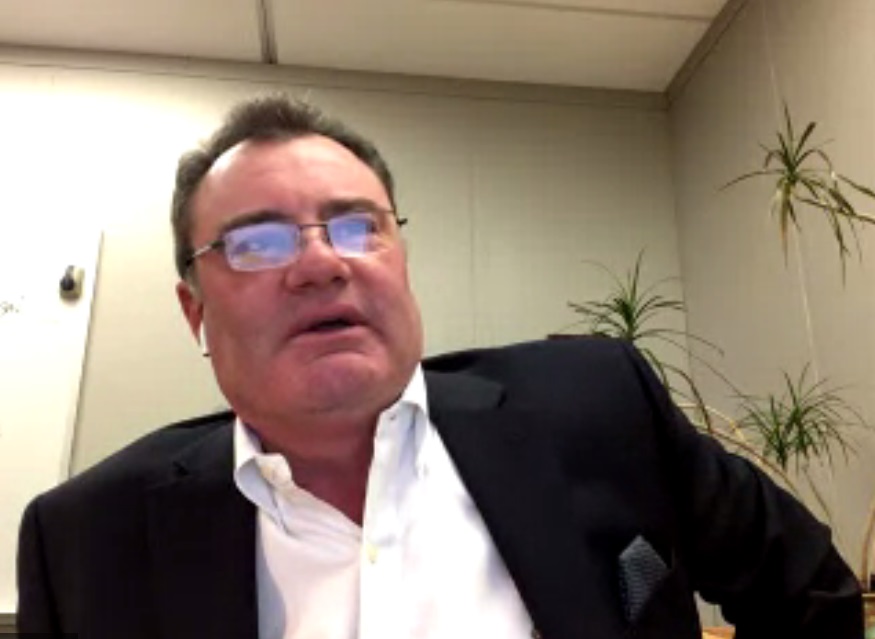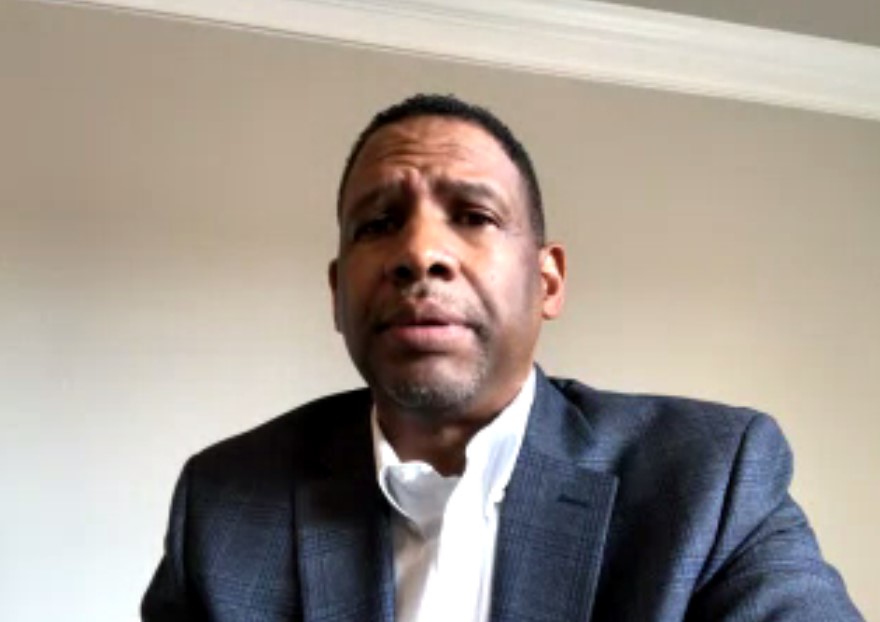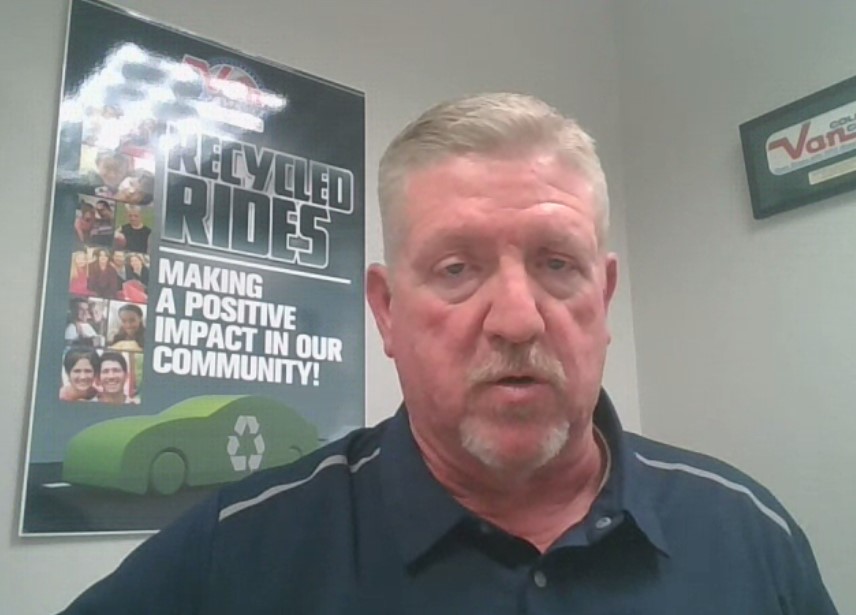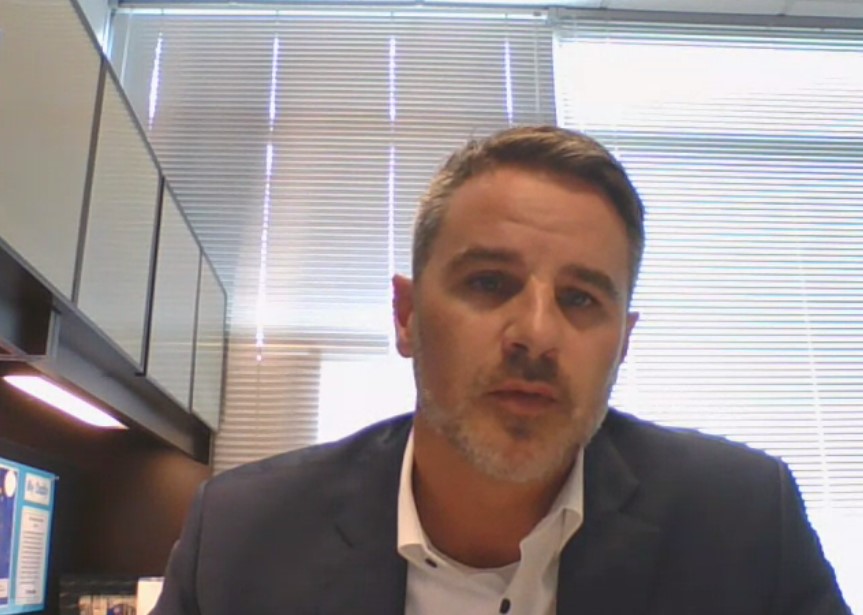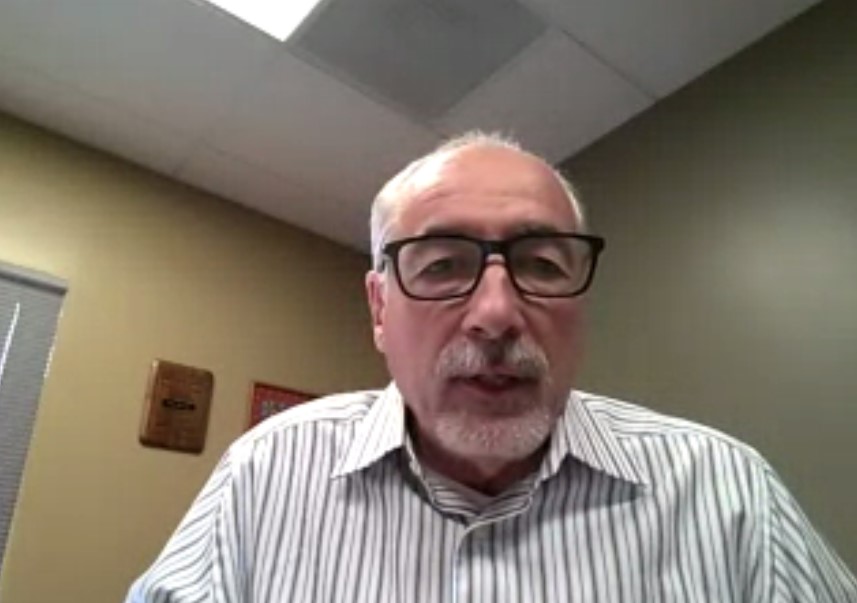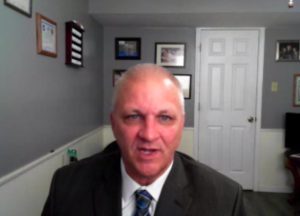
‘I don’t think that we go backward’: Insurers, auto body shops discuss digital shift
By onBusiness Practices | Insurance | Market Trends | Repair Operations | Technology
LexisNexis has predicted that 80 percent of auto claims will be virtual in 2025 — just four years from now — and leading insurers’ recent accounts of COVID-19 digitization give credence to this theory.
State Farm, the nation’s No. 1 auto insurer, was able to get 59,000 employees running virtually within “several days” after spring 2020 lockdowns, P&C claims consultant Chris Evans said.
“There was really not a hiccup” in claims, Evans told the virtual MSO Symposium Nov. 12, 2020. State Farm was surprised how easily it could get staff mobilized and back serving customers, he said, calling it “very shocking.”
Insurance Solutions Group managing partner Stephen Applebaum, who moderated Evans’ MSO Symposium insurer panel, said this experience was common across the insurance industry.
USAA auto claims AVP Patrick Burnett gave a similar assessment, saying his company was able to launch modified programs it felt were compliant with regulations within “several days”
“We were there,” Burnett said. He said his company continues to change and adapt to customer needs.
Liberty Mutual auto physical damage Vice President Scott Kohl said Liberty Mutual had a “fairly strong flex program” already, and it was just a “matter of days” and an issue of “tightening up some technologies” to adapt to the lockdown.
Evans said that while some fluctuation back to more traditional claims would occur, “we’ve proven that virtual works … I think you’re gonna see more of it.”
Prior to COVID-19, State Farm had wondered if policyholders would accept touchless claims, Evans said. Then the pandemic hit, and the company had switched to “99.2 percent” virtual inspections by the end of March, he said — a statistic Applebaum called a “stunner.”
Evans called the ability to make the transition “phenomenal” and the situation a “great learning experience.”
Burnett shared a similar account. USAA had “played with” the concept of virtual claims pre-pandemic, but it never “fully put the gas down” the way policyholders wanted until the pandemic, he said. Leveraging photos and going “full hog” on virtual let USAA serve its customers, he said.
Burnett noted other services that were already virtual — remote computer diagnostics, banking, doctor’s appointments.
Liberty Mutual auto physical damage Vice President Scott Kohl called it a “blessing” that Liberty Mutual had been an early virtual adopter. “It wasn’t new to us,” he said — though he also called the switch still an effort requiring a “lot of caffeine.”
The pandemic left Liberty Mutual with “very similar numbers” as State Farm in terms of virtual claims handling, Kohl said. It was the “very high 9s,” except for areas in the Northeast with regulatory opposition, he said.
“I don’t think that we go backward,” Kohl said. It might not be “99.1” or “99.2” percent virtual penetration, but claims won’t be the same as before. He said that like vehicle sanitization, it was something shops and insurers “really came together on.”
Shops and virtual claims
The prior day of the MSO Symposium saw dealership and other collision repairers discussing virtual efforts by insurers and at their own auto body operations.
“The word virtual is huge,” Berkshire Hathaway Automotive national collision director Darren Huggins said during a dealership collision MSO panel Nov. 11, 2020. Many carriers “won’t even come to the shop,” he said.
He said photo estimating and virtual practices “has changed the world for what it is.” He said the company has seen more pressure from carriers than it ever had before.
“When they can’t come out to the shop, everything changes,” he said.
Huggins said photo estimating was likely to increase and was “here to stay.” He said this made sense, particularly for “small damage analysis.” He said his dealership chain’s shops were already writing “damage analysis” based upon photos via systems like CCC and BodyShop Booster, then they try to book an appointment.
Asbury Automotive Group national collision director Shawn Griffin said he also felt photo estimating would endure, for it made sense for an insurer with less staff. “You see it every day,” he said: announcements of continuous layoffs in the field.
Griffin said he predicted at the start of COVID-19 that insurers would be absent altogether from shops. He said he wasn’t quite right, but called insurer physical appearances “very few and far between.”
“We just have to figure it out,” he said.
Hendrick Automotive Group regional collision manager Brad Walser described a switch to virtual claims leading to a little more work for his adjusters and staff. There’s more effort to demonstrate a repair operation is necessary than occurs with adjusters who’re physically present.
“I don’t see it changing,” he said.
However, he also spoke favorably of photo estimating by a shop. He said his shops had done many photo estimates over the past year, and they produce customer “trust and loyalty.” Do a photo estimate, then call the customer and schedule an appointment to “get it truly assessed.”
“It gives you that starting point,” he said.
He said “everything” was virtual, “we need to be part of that,” he aid.
Griffin felt photo estimating was “the new way.” He predicted it would increase as carriers solve challenges with the process.
As for its impact on the collision repair process, “it really depends on the carrier,” he said.
Some are very fast, and the claim is “extremely easy,” Griffin said. Others are trying to figure out if photos depict the assessment they’re seeking, he said.
“It’s all over the board right now,” he said.
The dealership MSO panel Nov. 11 was followed by a panel featuring non-dealership chains. It too examined the topic of greater claims digitization.
LaMettry’s Collision operations President Darrell Amberson his MSO “hardly at all” saw insurance personnel. Nearly everything was handled with artificial intelligence or online communication, he said.
Mike’s Auto Body chief operations manager Steve Kelly noticed all insurers going virtual during the pandemic. This led to “more desk reviews, more audits, more virtual intelligence” on estimates to flag audits, he said.
Kendrick Body Shop CEO Stephen Kendrick said his MSO saw a tremendous estimate opportunity with the pandemic. He said most estimates were photo estimates, and his shop was photo estimating for carriers with which it didn’t even have a DRP relationship.
Crash Champions CEO Matthew Ebert called insurers definitely “less mobile.” He said he hadn’t seen them in facilities as much.
Amberson said his company has increasingly had to explain to customers why the cost of the actual repair is “so vastly different” than a photo estimate written by an insurer.
Asked about artificial intelligence and estimating, Kelly said he felt the technology was “on its way right now” and would be prominent in the “immediate future.”
Amberson also anticipated more AI. Insurers are increasingly using it for auditing purposes, which makes a DRP a “bigger burden,” eh said. The MSO must devote more time to reviewing estimates and has been fielding more questions from insurers as a result, he said.
He also posed the question of whether insurers would truly adopt artificial intelligence estimating as the technology improved. Right now, photo estimates produce a “modest estimate” and cash-outs of a “modest amount,” he said. If automated estimating became really accurate, it would calculate higher repair costs, he said.
Images:
Liberty Mutual auto physical damage Vice President Scott Kohl speaks during the virtual MSO Symposium on Nov. 12, 2020. (Screenshot from MSO Symposium video)
State Farm claims consultant Chris Evans speaks during the virtual MSO Symposium on Nov. 12, 2020. (Screenshot from MSO Symposium video)
USAA auto claims AVP Patrick Burnett speaks during the virtual MSO Symposium on Nov. 12, 2020. (Screenshot from MSO Symposium video)
Berkshire Hathaway Automotive national collision director Darren Huggins participates in a Nov. 11, 2020, MSO Symposium panel featuring dealership MSOs. (Screenshot from MSO Symposium)
Asbury Automotive Group national collision director Shawn Griffin participates in a Nov. 11, 2020, MSO Symposium panel featuring dealership MSOs. (Screenshot from MSO Symposium)
Mike’s Auto Body chief operations manager Steve Kelly participates in a Nov. 11, 2020, MSO Symposium panel featuring non-dealership MSOs. (Screenshot from MSO Symposium)

